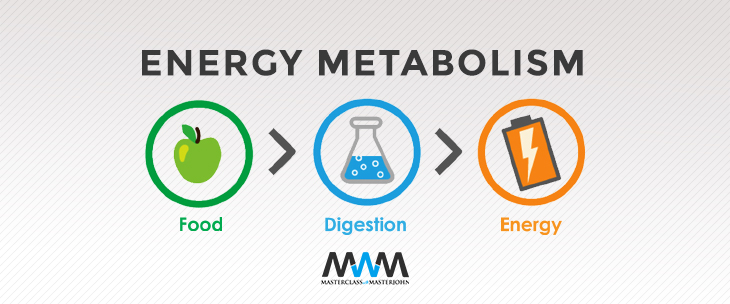Insulin is commonly seen as a response to blood glucose whose primary role is to keep blood glucose within a narrow range. This view of insulin fails to account for its many roles outside of energy metabolism that govern long-term investments in health. The biochemistry and physiology of insulin secretion suggest, rather, that insulin is …

